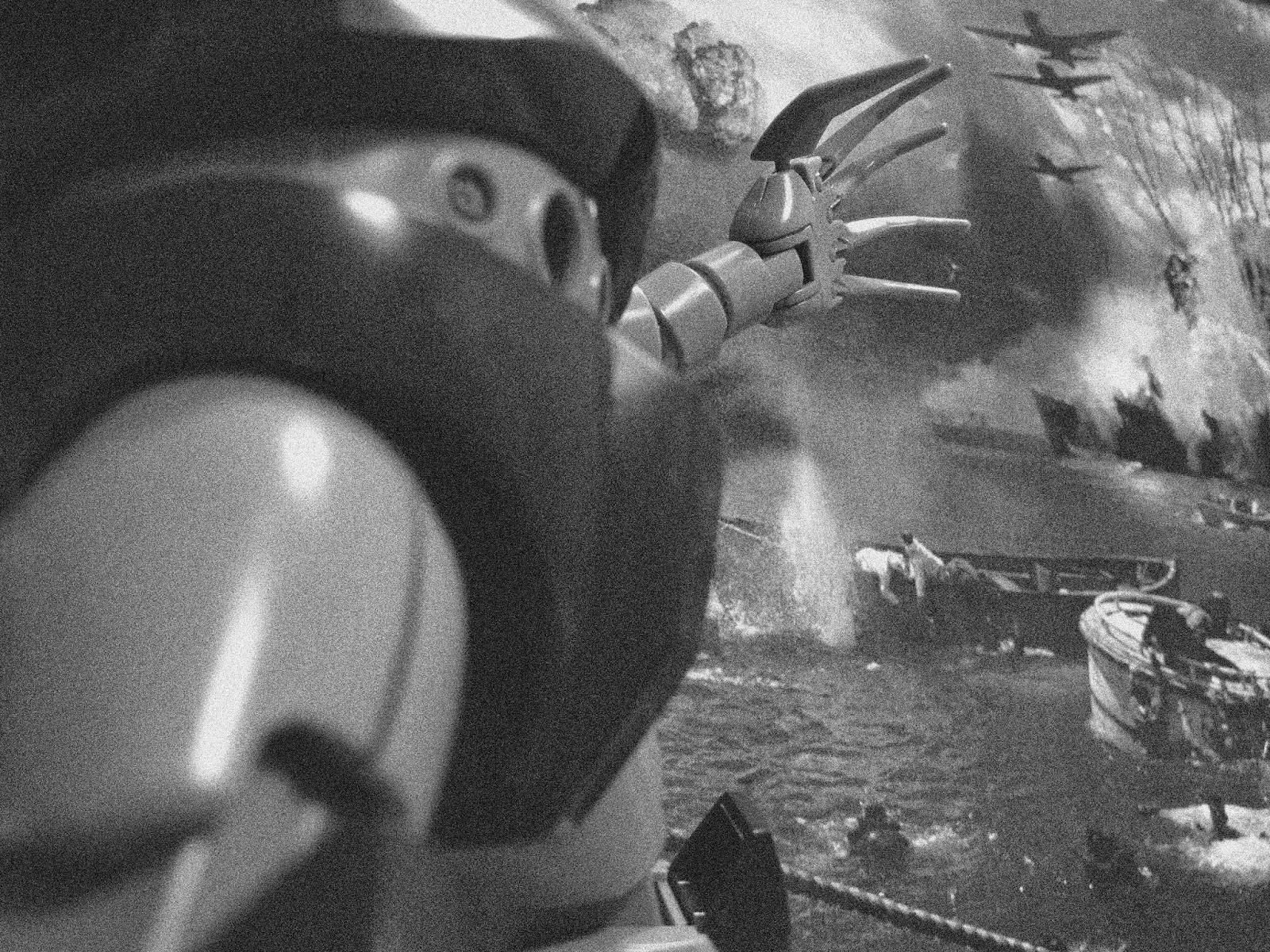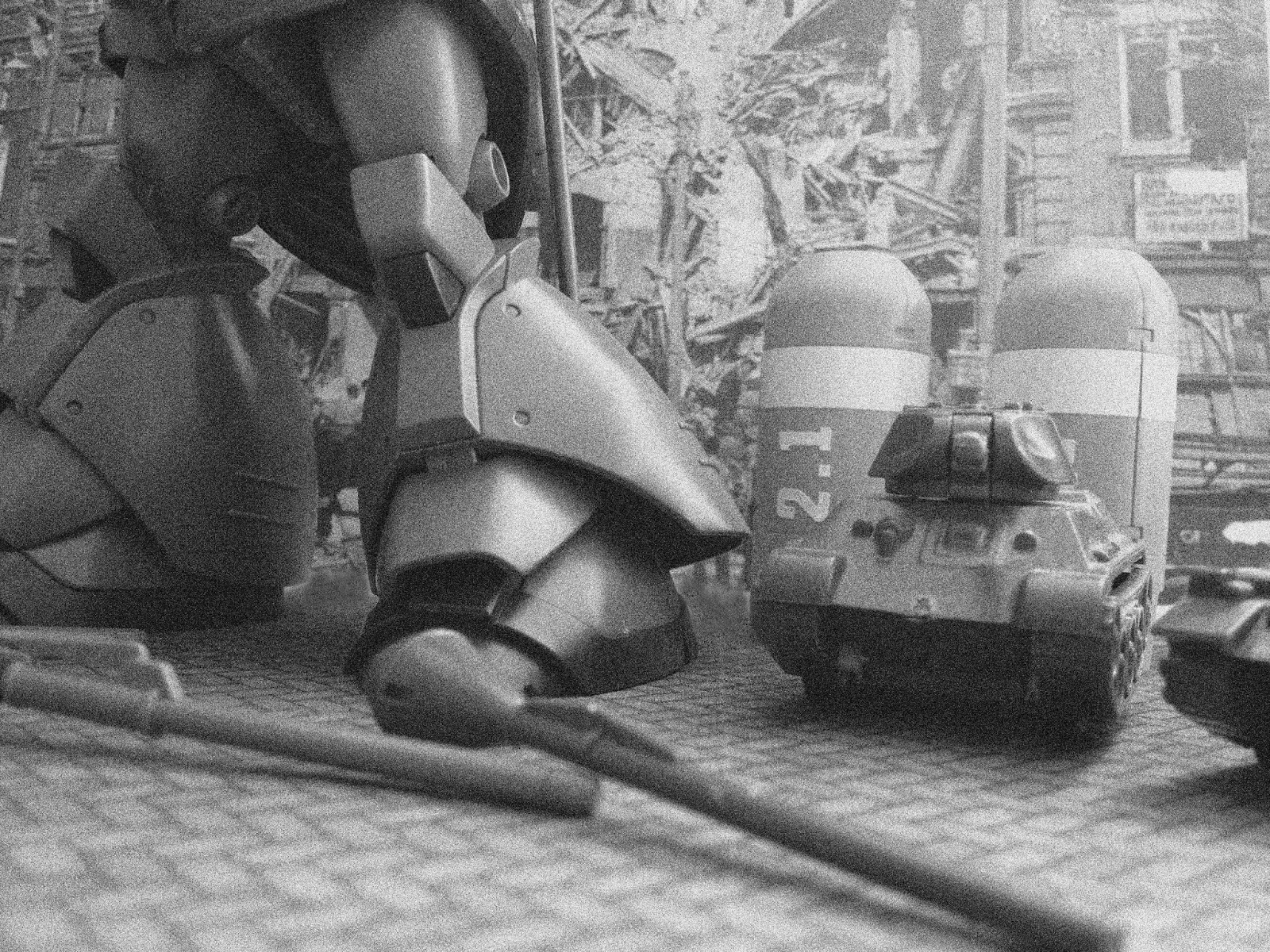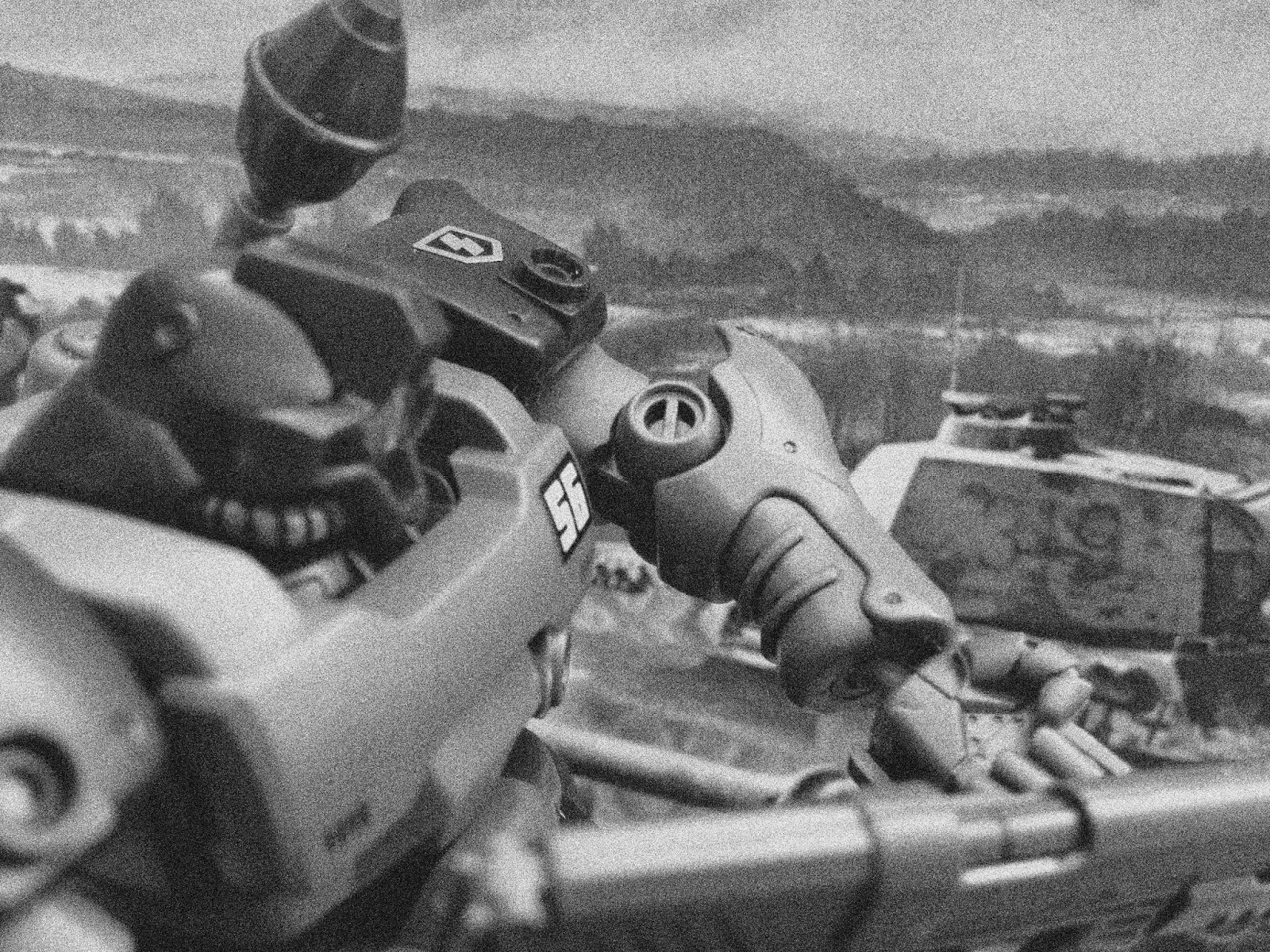Tuesday, July 15, 2014
PANZERHAUBITZE 2000
Panzerhaubitze 2000
The Panzerhaubitze 2000 ("armoured-howitzer 2000"), abbreviated PzH 2000, is a German 155 mm self-propelled howitzer developed by Krauss-Maffei Wegmann (KMW) and Rheinmetall for the German Army. The PzH 2000 is one of the most powerful conventional artillery systems deployed in the 2010s. It is particularly notable for a very high rate of fire; in burst mode it can fire three rounds in 9 seconds, ten rounds in 56 seconds, and can - depending on barrel heating - fire between 10 and 13 rounds per minute continuously. The PzH 2000 has automatic support for up to 5 rounds of Multiple Rounds Simultaneous Impact (MRSI). The replenishment of shells is automated. Two operators can load 60 shells and propelling charges in less than 12 minutes. PzH 2000 has also been selected by the armies of Italy, Netherlands and Greece, and more orders are probable as many NATO forces replace their M109 howitzers.
Development
In 1986 Italy, the United Kingdom, and Germany, agreed to terminate their existing development of the PzH 155-1 (SP70) program, which had run into reliability problems and had design defects, notably being mounted on a modified tank chassis. A new Joint Ballistics Memorandum of Understanding (JBMOU) for a 52 calibre barrel (based on a UK proposal) to replace 39 calibre was nearing agreement. German industry was asked for proposals to build a new design with gun conforming to the JBMOU. Of the proposed designs, Wegmann's was selected.
Rheinmetall designed the 155 mm 52-calibre JBMOU compliant gun, which is chromium-lined for its entire 8 metre length and includes a muzzle brake on the end. The gun uses a new modular charge system with six charges (five identical), which can be combined to provide the optimal total charge for the range to the target, as well as the conventional bagged charge systems. Primer is loaded separately via a conveyor belt, and the entire loading, laying and clearing is completely automated. The maximum range of the gun is 30 km with the standard L15A2 round (a UK design for FH-70 and stockpiled by Germany for M109G and FH70), about 35 km with base bleed rounds, and at least 40 km with assisted projectiles. In April 2006 a PzH 2000 shot assisted shells (Denel V-Lap) over a distance of 56 km with a probable maximum range of over 60 km. The gun can also fire the SMArt 155 artillery round, which is used by Germany and Greece.
Wegmann supplied both the chassis, sharing some components with the Leopard 1, and the turret for the gun. The system has superb cross-country performance because of its use of continuous tracks and considerable protection in the case of counter-fire. The turret includes a phased array radar on the front glacis for measuring the muzzle velocity of each round fired. Laying data can be automatically provided via encrypted radio from the battery fire direction centre.
Wegman eventually won a contract in 1996 for 185 to be delivered to Germany's rapid reaction force, followed by another 410 for the main force. Wegmann and Krauss-Maffei, the two main German military tracked vehicle designers, merged in 1998.
A lighter, more air-portable version, using the gun in a module fitted to a lighter chassis, has been developed by Krauss-Maffei. It is called the Artillery Gun Module.
In December 2013, Raytheon and the German Army completed compatibility testing for the M982 Excalibur extended range guided artillery shell with the PzH2000. 10 Excaliburs were fired at ranges from 9 to 48 kilometers. Shells hit within three meters of their targets, with an average miss distance of one meter at 48 km. The Excalibur may be accepted by the German Army in 2014.
Combat record and alterations
The PzH 2000 was used for the first time in combat by the Dutch Army in August 2006 against Taliban targets in Kandahar Province, Afghanistan, in support of Operation Medusa.[4] Since then it has been used regularly in support of coalition troops in Uruzgan province, also in Afghanistan. The PzH 2000 was also used extensively during the Battle of Chora. It is known as "the long arm of ISAF". The gun has been criticised by the Dutch in Uruzgan province as the NBC system designed for use in Europe cannot cope with the high level of dust in Afghanistan. The guns have been modified with additional armor being fitted to the roof to protect against mortar rounds. There have been other reports of problems including the need to keep it in the shade unless actually firing, the damage it does to poorly built roads and a significant 'cold gun' effect necessitating the use of 'warmers'.
Since the beginning of June 2010, German ISAF troops at PRT Kunduz have three PzH2000 at their disposal. They were first used on 10 July 2010 to provide support for the recovery of a damaged vehicle. This was the first time in its history the Bundeswehr has used heavy artillery in combat. The PzH2000 also played a key role during Operation Halmazag in November 2010, when the villages of Isa Khel and Quatliam were retaken from the Taliban by German paratroopers.
Source by http://en.wikipedia.org/
Monday, July 14, 2014
MSM-03 GOGG
MSM-03 GOGG
The MSM-03 Gogg is a mass-produced amphibious mobile suit first featured in Mobile Suit Gundam.
Technology & Combat Characteristics
The Gogg was heavily armored to withstand deep sea pressure. The mobile suit also held a powerful reactor, so powerful that the Gogg could even use twin mega particle guns mounted in its body. The Gogg, however, had no cooling systems and used the water as a natural heat sink. Lastly, the MSM-03 Gogg had ballast tanks also built inside the body, allowing it to travel fully submerged. The tanks could also hold water to cool the mobile suit's reactors during out of water operations, but as soon as the water ran out, its reactor would overheat, forcing it back into the water. In terms of close-quarters combat, the Gogg has to rely on it's pair of large hands with "Iron Nail" claws.
The MSM-03 design proved marginally successful. However, it wasn't produced in a lot of numbers and was later replaced by more powerful and better designed amphibious mobile suits, such as the MIP Company's highly successful MSM-07 Z'Gok. The Gogg served as a base from which almost all other underwater combat mobile suits were designed.
Armaments
Mega Particle Gun
The MSM-03 Gogg is equipped a pair of mega particle guns, mounted in the center of the mobile suit's torso. Because of technological limits the Gogg's design called for the mobile suit to use the ocean as a natural heat sink to prevent the mobile suit's reactor from overheating. This limited the use of cannons as their high power requirements would quickly cause the reactor to overheat should the mobile suit stray from the water.
Torpedo Launcher
The MSM-03 Gogg is equipped with a pair of torpedo launchers mounted in the mobile suit's torso, one on either side of the mega particle guns.
Iron Nail
For close-quarters combat, the Gogg relies on a pair of large hands with "Iron Nail" claws. These claws are extremely sharp, and are capable of piercing even the RX-78-2 Gundam's Luna Titanium Alloy, while the hands are strong enough to catch the Gundam's Gundam Hammer with ease.
Special Equipment & Features
Freezy Yard
The Freezy Yard is a gelatinous webbing that is launched in a capsule from the Gogg's head while in underwater cruise mode, and covers almost the entire body of the Gogg. The Freezy Yard is used to capture underwater mines without causing them to detonate.
History
The MSM-03 Gogg was introduced as Zimmad Company's proposal for an amphibious mobile suit for Zeon's forces after the failure of Zeonic's MSM-01 Zaku Marine Type, and is the first successful amphibious mobile suit. The Gogg was used during the One Year War to help secure Zeon's footholds in the Earth's oceans.
Although an initial successful, The Gogg's technology limited its combat usefulness. Because of this the Principality of Zeon sought new designs that were more efficient.
In the final days the One Year War, Zimmad and Zeonic both introduced new versions of their respective amphibious mobile suit design. Zimmad upgraded the MSM-03 Gogg into the experimental MSM-03C Hygogg.
Source by http://gundam.wikia.com/
Sunday, July 13, 2014
MS-09R-2 RICK DOM-2
MS-09R-2 RICK DOM-2
The MS-09R-2 Rick Dom II is a fictional mobile suit with two different models appearing in Mobile Suit Gundam 0080: War in the Pocket and Mobile Suit Gundam 0083: Stardust Memory respectively.
Technology and Combat Characteristics
The MS-09R-2 Rick Dom II is a product of the United Maintenance Plan and an upgraded version of the already exceptional MS-09R Rick Dom. Because it was originally developed for space combat, its armor and overall form are shaped into flat surfaces as air resistance is nonexistent in space. Its main improvements were overall increased thruster acceleration, along with the addition of more attitude control verniers for improved maneuverability. Because of the increased fuel consumption, the Rick Dom II's producer, Zimmad, added a pair of external propellant tanks to allow the Rick Dom II to operate in the field longer.
Armaments
Scattering Beam Gun
A chest mounted scattering beam gun. Does little damage to enemy mobile suits but can be used to blind enemy pilots for several seconds. The output of the chest beam cannon has been increased, improving its reliability as a weapon.
Heat Saber Type7
The Rick Dom features an improved version of the Dom Type2 heat saber. Stored on the backpack when not in use, this weapon bears a strong resemblance to the beam sabers used by Earth Federation mobile suits, however it still relies on the older technology of using thermal energy to superheat a metal blade, allowing it to melt through the armor of an enemy machine at high speed.
360mm Giant Bazooka
The primary weapon of the Rick Dom is a large bazooka. The bazooka is magazine-fed and holds 10 rounds per mag.
MMP-80 90mm Machine Gun
As part of the United Maintenance Plan, new weapons were produced. They could be paired by numerous weapons such as the MMP-80 90mm machine gun. The machine gun is magazine-fed with 32 rounds per mag.
880mm Raketen Bazooka
A new heavy bazooka that uses a five round mag.
Sturm Faust
A hand-held rocket propelled grenade that is good for a single shot. Zeon mobile suits were often equipped with at least one Sturm Faust during the One Year War. It was designed before the beginning of the One Year War as an anti-ship weapon. Stored on waist armor storage racks. Used mainly for anti-ship attacks during the early days of the war the Sturm Faust likely made a good anti-mobile suit weapon during the latter days as Zeon mobile suits could be equipped with both a Sturm Faust and a second more standard ranged weapon giving them great versatility.
Large Heat Sword
Special Equipment & Features
External Ejectable Propellant Tanks
History
Very late in the One Year War, the Principality of Zeon launched their United Maintenance Plan to upgrade and improve existing mobile suit designs, and to streamline its own manufacturing capabilities. Several new mobile suit designs were produced from this, including the MS-09R-2 Rick Dom II.
The Rick Dom II is an improved version of the MS-09R Rick Dom, a space-use version of the MS-09 Dom both of which the Principality of Zeon introduced during the latter part of the One Year War, and had a significantly higher performance. The redesign put the mobile suit on more even terms with the advanced mobile suits being deployed by the Earth Federation and even the Principality's own MS-14 Gelgoog. It was designed very late in the war, therefore very few units were produced.
Despite being built in limited numbers several of the Rick Dom II mobile suits participated in skirmishes with Earth Federation Forces stationed at Side 6 during the month of December of U.C. 0079, the last month of the One Year War. These skirmishes had little overall strategic value and were carried as part of an operation to discover and destroy an advanced Earth Federation mobile suit, the RX-78NT-1 Gundam "Alex", that the Zeon military had tracked from a Federation Antarctic base. One unit was piloted by Guy Helmut of Zeon's regiment the Marchosias and carried a large heat sword for close range combat. Guy and his Rick Dom II would participate in the battles of Solomon and A Baoa Qu.
A number of Rick Dom II units that did survive the One Year War made it to the Delaz Fleet, and took part in Operation Stardust. However, some of those units had slightly fewer thrusters, possibly due to the unavailability of replacement parts for the mobile suits. The design of the Rick Dom II is later carried over in the development of Axis' AMX-009 Dreissen.
Source by http://gundam.wikia.com/
Subscribe to:
Comments (Atom)


















































